The story is one of the best known of antiquity. Seeing his kingdom threatened by growing Persian power, King Croesus of Lydia sent in 560 B.C. emissaries to the main oracles of Greece and Egypt with instructions to ask the same question on the same day and at the same time. The objective was to check which oracle was the most reliable of all, and then consult it again with an important question.
The oracles consulted were, according to what Herodotus tells us, those of Delphi, Abas, Dodona, Amphiaraus, Trophonius and Branchidas (in Greece) and Amon (in the desert of Siwa to the west of Egypt). The question was what is King Croesus doing right now? .
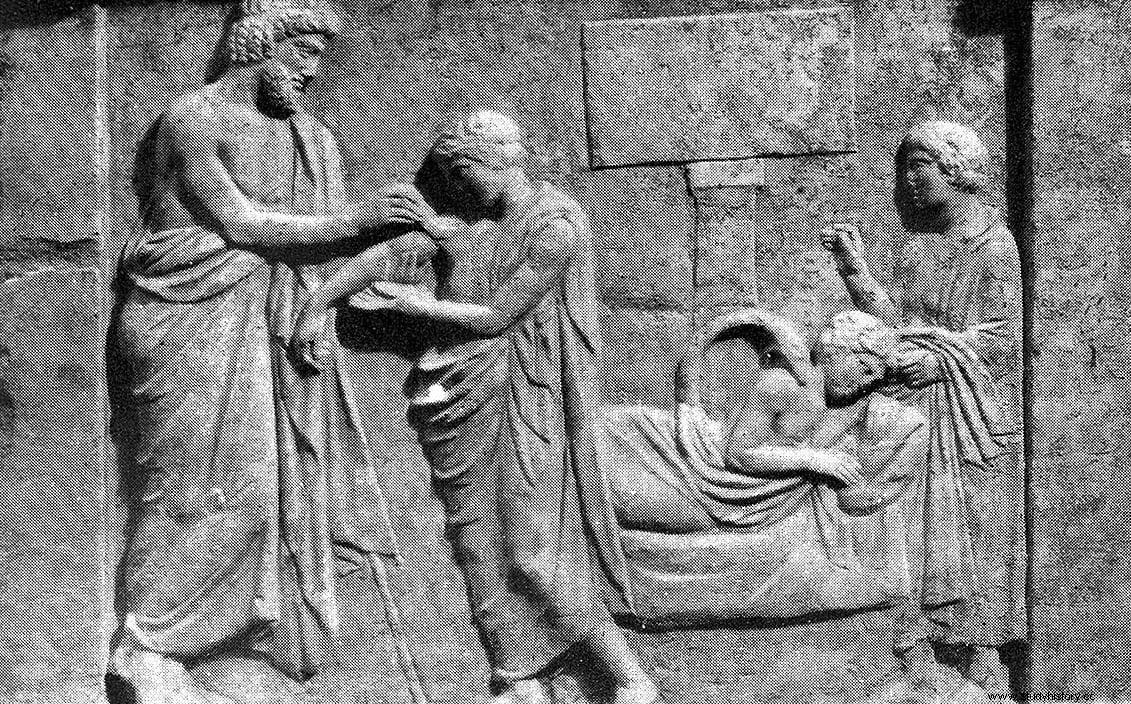
The Pythia of Delphi replied with her usual response in verse, which the envoys quickly put in writing and with it returned to Sardis, the capital of Lydia, where Croesus waited impatiently. The emissaries of the other oracles were arriving and delivering their answers, but none satisfied the king, until he read the one from Delphi.
And it is that when the indicated day arrived for the questions to be asked in the different oracles, Croesus thought that he could make it difficult to guess, and it occurred to him to mix pieces of turtle and lamb in a bronze pot and cook them, covered by a lid of the same metal. In his view, therefore, Delphi had guessed exactly what he was doing at the exact moment the question was asked, and was thus convinced of his reliability. 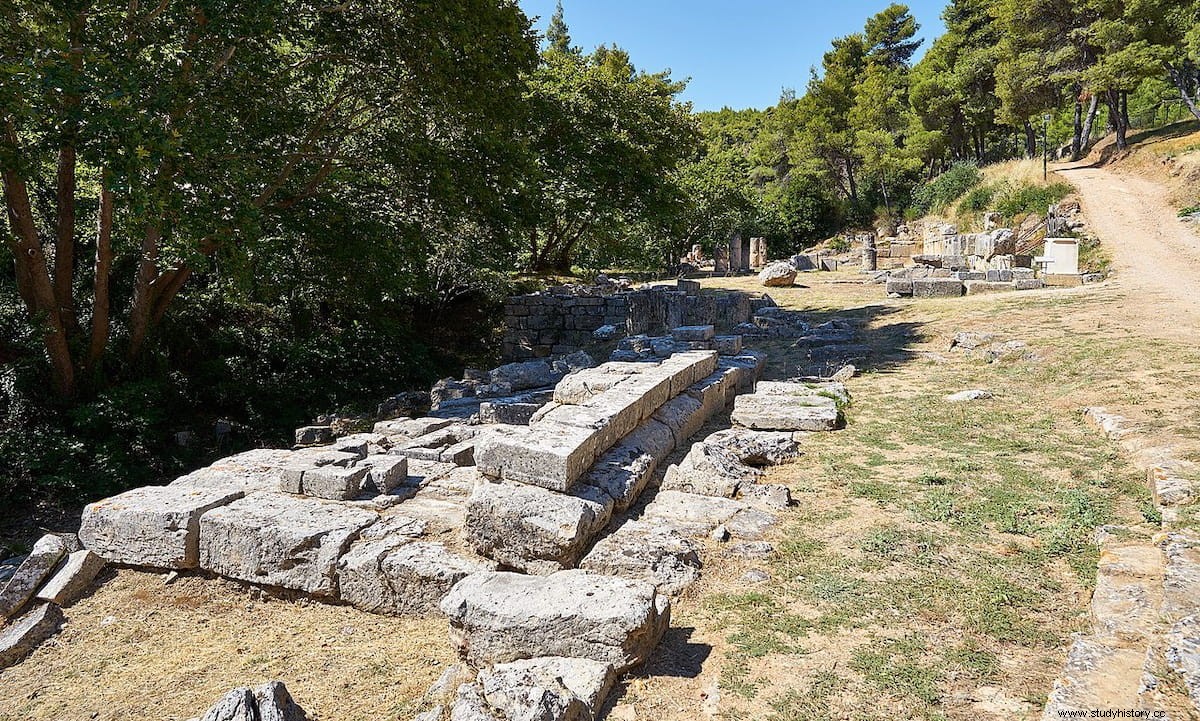
But the oracle of Amphiaraus had also guessed that the king was cooking a tortoise and lamb stew, what happens is his answer has not been preserved, possibly because nobody bothered to put it in writing.
Croesus therefore consulted both oracles again, now asking the important question, which was whether he should attack the Persians. Again, the two oracles seem to have answered the same thing, although again it is likely that the surviving answer is that offered by the one at Delphi. The one from Amphiaraus would have answered in very similar terms that if Croesus attacked the Persians he would destroy a great empire.
As is known, Croesus marched against Cyrus and the empire that he destroyed was his own, since he was defeated and taken prisoner.
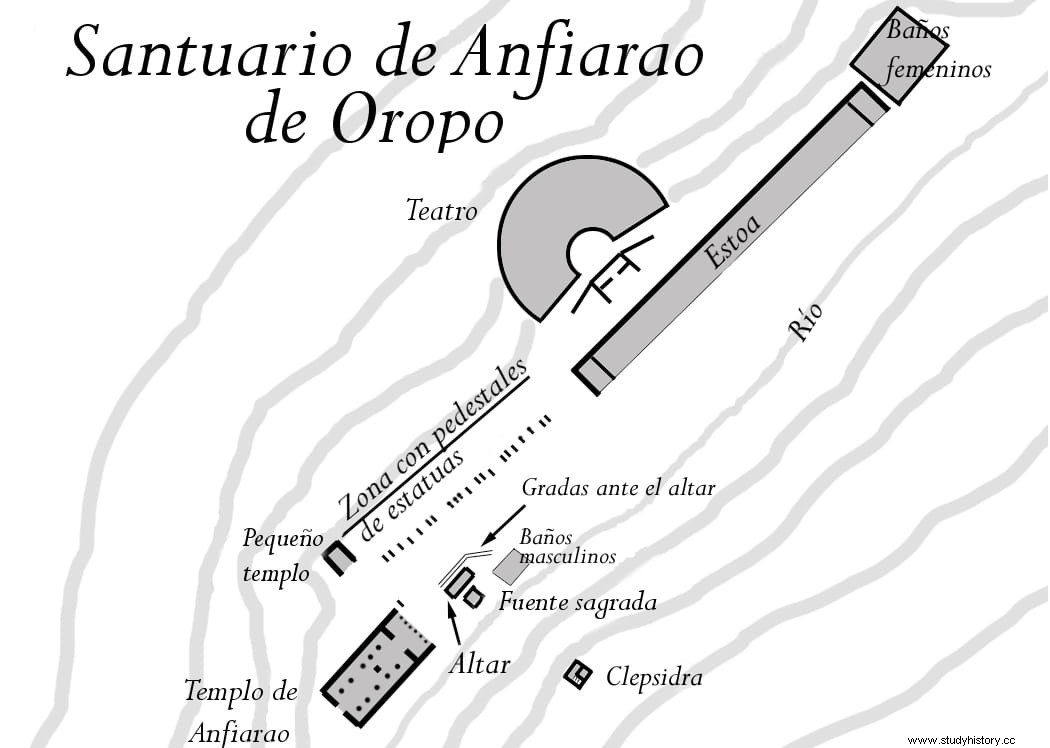
Amphiaraus, who was worshiped there, was a mythical Argive hero (mentioned in the Odyssey ) who had the gift of divination by interpreting dreams. Being king of Argos together with Adrastus, he supported the expedition of the Seven against Thebes , knowing from his divinatory skills that he would die there. During the fight, while being pursued by Priclymenus, Zeus opened a breach in the earth that swallowed Amphiareus with his chariot.
In the place where, according to the mythological story, this happened, it was built in the 5th century BC. a sanctuary dedicated to Amphiaraus in which he was worshiped as a god of the underworld (the Amphiarus of Oropo). There an oracle was instituted by the system of the incubatio :After paying the fees, the adept slept inside the sanctuary on the skin of a ram, where a dream revealed the answer to his questions. Perhaps this is why the answers of the oracle are not preserved. It was in operation until the arrival of Christianity, probably like Delphi until the 4th or 5th century AD
Among the people known to have come to the sanctuary to consult the oracle are Pharaoh Ptolemy IV (240–204 BC) and the Roman general Sulla (138–78 BC).
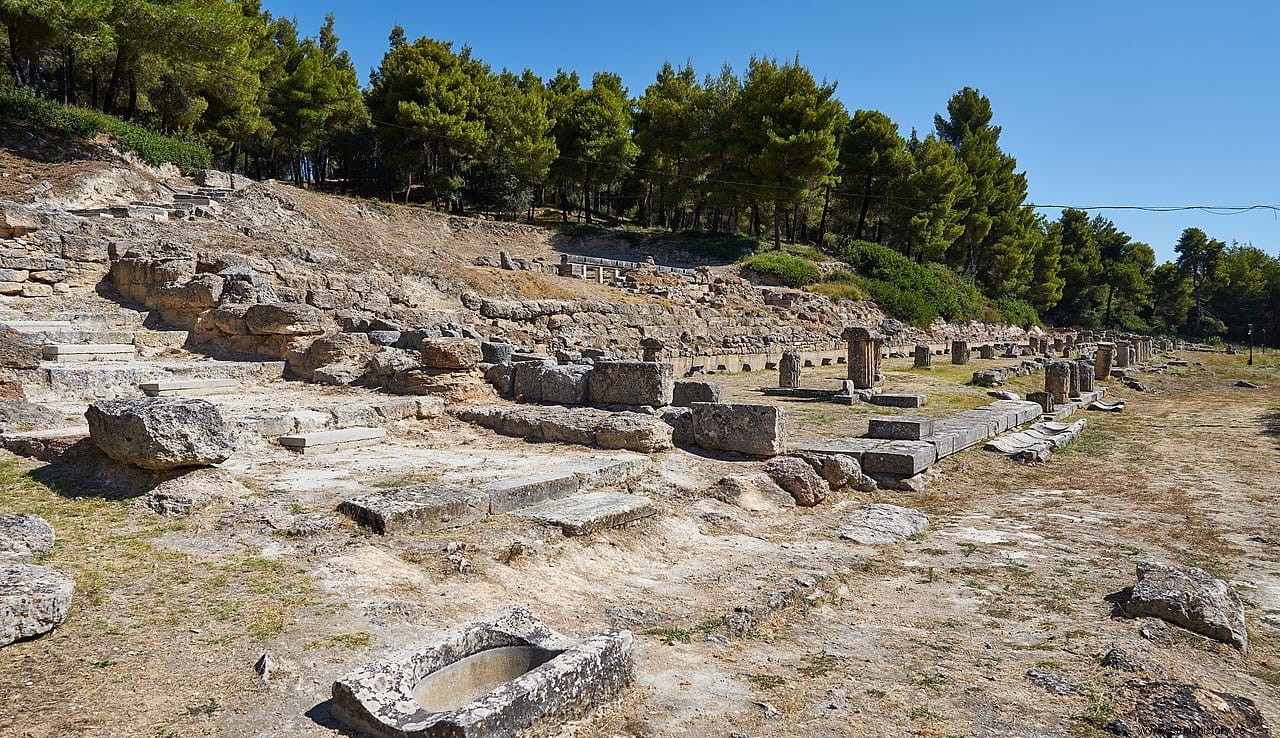
Many travelers since the Middle Ages reported the ruins of the sanctuary. The first systematic excavation began in 1884, by Vassileios Leonardos, and lasted until 1929, bringing to light many of the ancient buildings right where Pausanias wrote they were, at the place called Psáfide next to the city of Oropo on the border between the regions of Boeotia and Attica, about 50 kilometers north of Athens. Today its ruins can be seen on the northeast bank of a small ravine between two hills, at an altitude of about 154 meters.
Precisely one of the best preserved buildings is the room of dreams, a stoa that is 110 meters long, and some of the columns that supported the beds have even survived. Little remains of the temple and the stadium, where sports competitions were held. The enclosure also houses the great altar of sacrifices, a theater, some baths, the sacred fountain and the remains of a clepsydra or water clock.
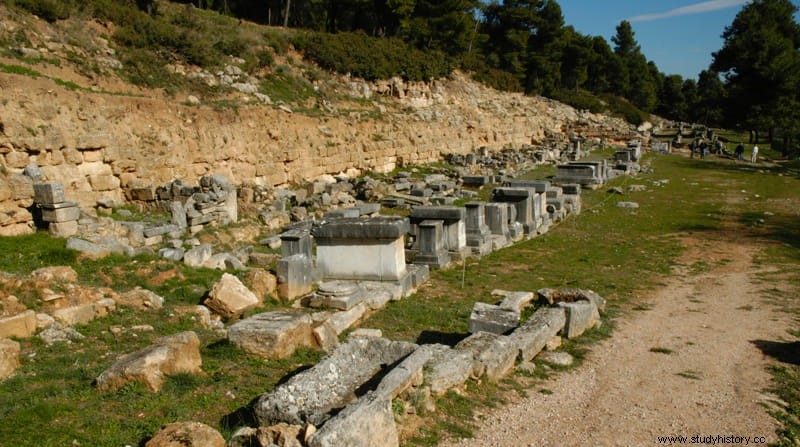
A row of statues, whose inscribed bases have survived in situ to the present day, stretched some 70 meters along the path leading to the shrine. Among the names that we can read in them, all of them from Roman times, are Marcus Junius Brutus, Lucius Cornelius Sulla, Marcus Agrippa, Appius Claudius Pulcher, or Gnaeus Calpurnius Piso.
